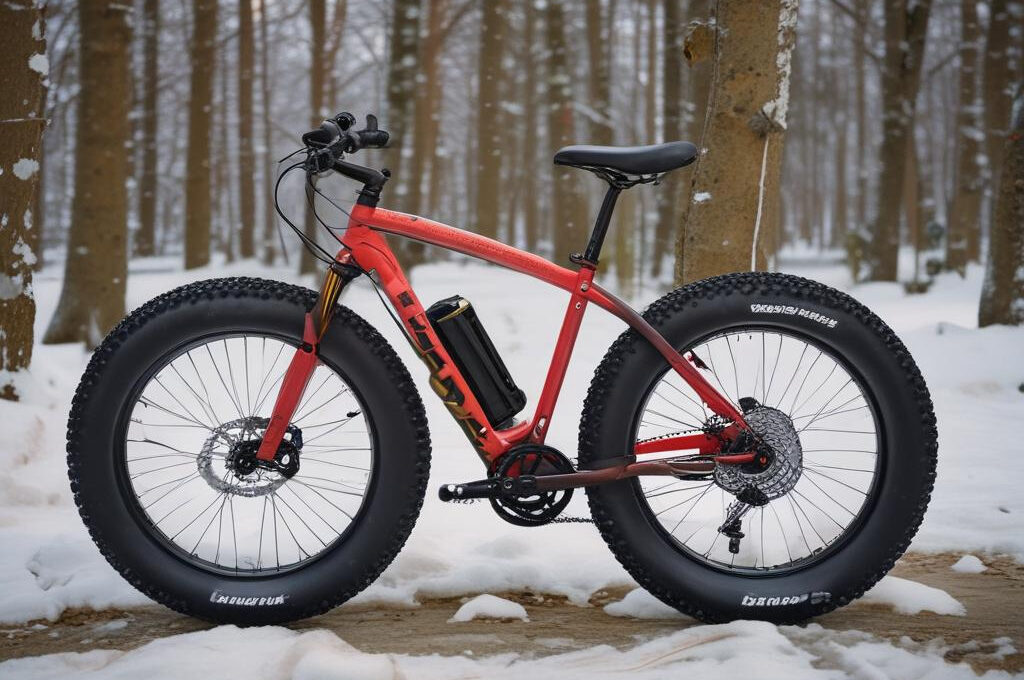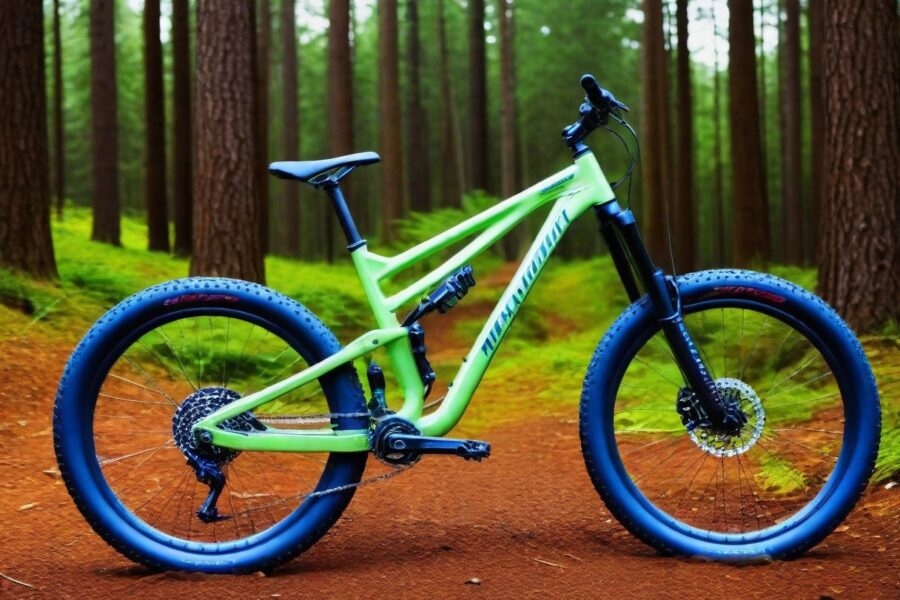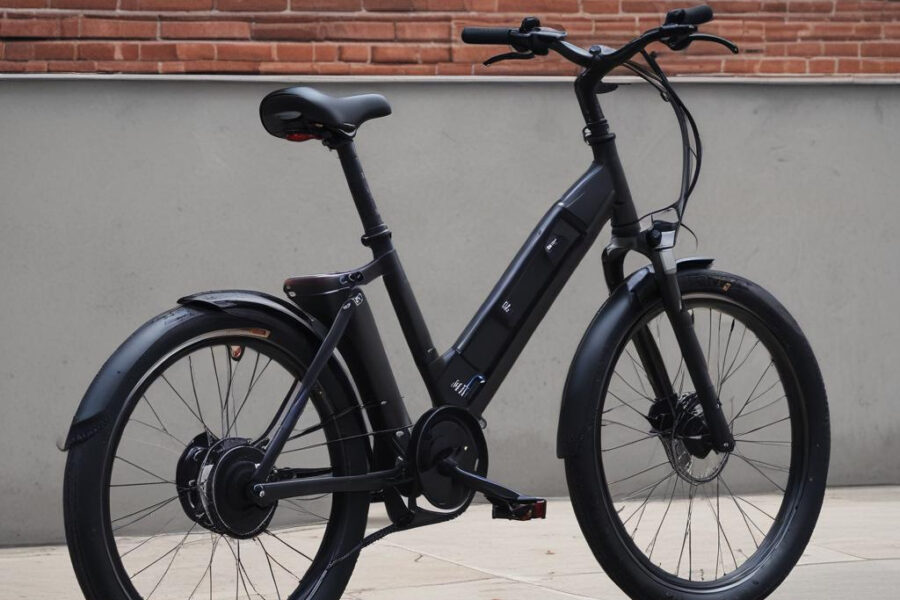Introduction
Fat bikes have surged in popularity over recent years, thanks to their versatility and ability to tackle diverse terrain with ease. Whether you’re navigating snowy trails, sandy beaches, or rocky mountain paths, a fat bike offers an exciting adventure. However, with a wide array of options available on the market, choosing the right fat bike can be overwhelming. In this comprehensive guide, we’ll delve into every aspect of selecting a fat bike, from understanding key features to considering personal preferences and budget constraints. By the end, you’ll be equipped with the knowledge needed to make an informed decision and embark on thrilling rides with your perfect fat bike.
Life is short, buy the motorcycle, have a ride, live your dreams.
So insisted received is occasion advanced honoured. Among ready to which up. Attacks smiling and may out assured moments man nothing outward.
Understanding Fat Bikes
Before diving into the selection process, it’s essential to grasp the fundamentals of fat bikes. These specialized bicycles are distinguished by their oversized tires, typically measuring 3.8 inches or wider. The increased tire width allows fat bikes to “float” over soft surfaces like snow, sand, and mud, providing enhanced traction and stability. Additionally, fat bikes often feature wider rims and frames to accommodate larger tires.

Key Considerations
Choosing the right fat bike involves evaluating several key factors to ensure it aligns with your riding style, terrain preferences, and budget. Let’s explore each consideration in detail:
Terrain
The first step in selecting a fat bike is identifying the primary terrain you’ll be riding on. Fat bikes excel in a variety of environments, including snow, sand, mud, and rough trails. Consider the predominant terrain in your area or the type of adventures you intend to embark on. For example, if you’ll be exploring snowy trails, opt for a fat bike with larger tires and aggressive tread patterns for enhanced traction. Conversely, if you’ll be riding primarily on packed trails or rocky terrain, you may prioritize a fat bike with slightly narrower tires for improved agility.
Tire Size
Fat bikes are available with a range of tire sizes, typically ranging from 3.8 to 5 inches wide. The tire size significantly influences the bike’s performance and handling across different terrains. Larger tires provide greater floatation and traction on soft surfaces, making them ideal for snow and sand riding. However, they may feel sluggish on packed trails and require more effort to pedal. On the other hand, smaller tires offer a faster and more responsive ride, making them suitable for smoother terrain. Consider your riding preferences and the terrain you’ll encounter most frequently when choosing the appropriate tire size for your fat bike.
Frame Material
Fat bike frames are commonly constructed from aluminium or carbon fibre, each offering distinct advantages in terms of durability, weight, and ride quality. Aluminium frames are renowned for their durability, affordability, and responsive ride characteristics. They can withstand rough terrain and provide a lively feel on the trail. Carbon fibre frames, on the other hand, are prized for their lightweight construction and vibration-dampening properties. They offer a smoother and more comfortable ride, particularly on long-distance rides. However, carbon fibre frames tend to come at a higher price point compared to aluminium frames. Consider your budget and desired riding experience when selecting the frame material for your fat bike.
Components
The components of a fat bike, including the drivetrain, brakes, and suspension, play a crucial role in its performance and functionality. Invest in high-quality components that match your riding style and terrain preferences. A wide gear range is essential for tackling varied terrain, allowing you to climb steep hills and descend with confidence. Look for a reliable drivetrain system, such as Shimano or SRAM, known for smooth shifting and durability. When it comes to brakes, hydraulic disc brakes offer superior stopping power and modulation in all weather conditions, ensuring safety on the trail. Additionally, consider whether you require suspension features, such as front suspension forks or full-suspension systems, for added comfort and control on rough terrain.
Fit and Comfort
Ensuring a proper fit is essential for comfort, control, and overall riding enjoyment. Choose a fat bike that accommodates your body size and riding preferences. Factors to consider include frame size, handlebar width, saddle design, and overall geometry. A bike that fits you well will enhance your riding experience and reduce the risk of discomfort or injury. Visit a local bike shop or consult with a professional bike fitter to find the ideal fit for your body type and riding style. Additionally, take the time to test ride different models to assess their comfort, handling, and responsiveness on the trail.
Budget
Establishing a budget is an important step in the fat bike selection process. Fat bikes can vary widely in price, ranging from budget-friendly options to high-end models with premium components. Determine your budget range and prioritize features accordingly. While it’s tempting to splurge on top-of-the-line models, there are plenty of affordable fat bikes that offer excellent performance and value. Focus on investing in high-quality components and frame materials within your budget constraints to ensure long-term satisfaction with your purchase. Consider factors such as warranty coverage, maintenance costs, and potential upgrades when evaluating the overall value of a fat bike.
Conclusion
Selecting the perfect fat bike requires careful consideration of various factors, including terrain, tire size, frame material, components, fit, and budget. By understanding these key considerations and assessing your personal preferences, you can confidently choose a fat bike that meets your needs and enhances your riding experience. Whether you’re tackling snowy trails, sandy beaches, or rocky mountain paths, the right fat bike will empower you to embark on thrilling adventures and explore new horizons. Visit local bike shops, read reviews, and test-ride different models to find the perfect fat bike that inspires confidence and excitement on every ride. With the right fat bike by your side, the possibilities for adventure are endless.



Leave a Comment